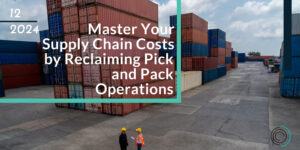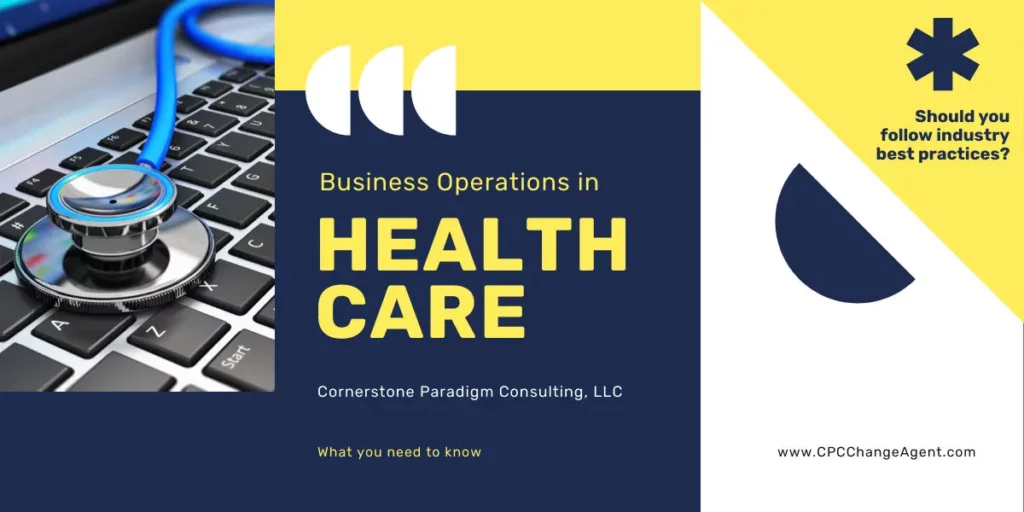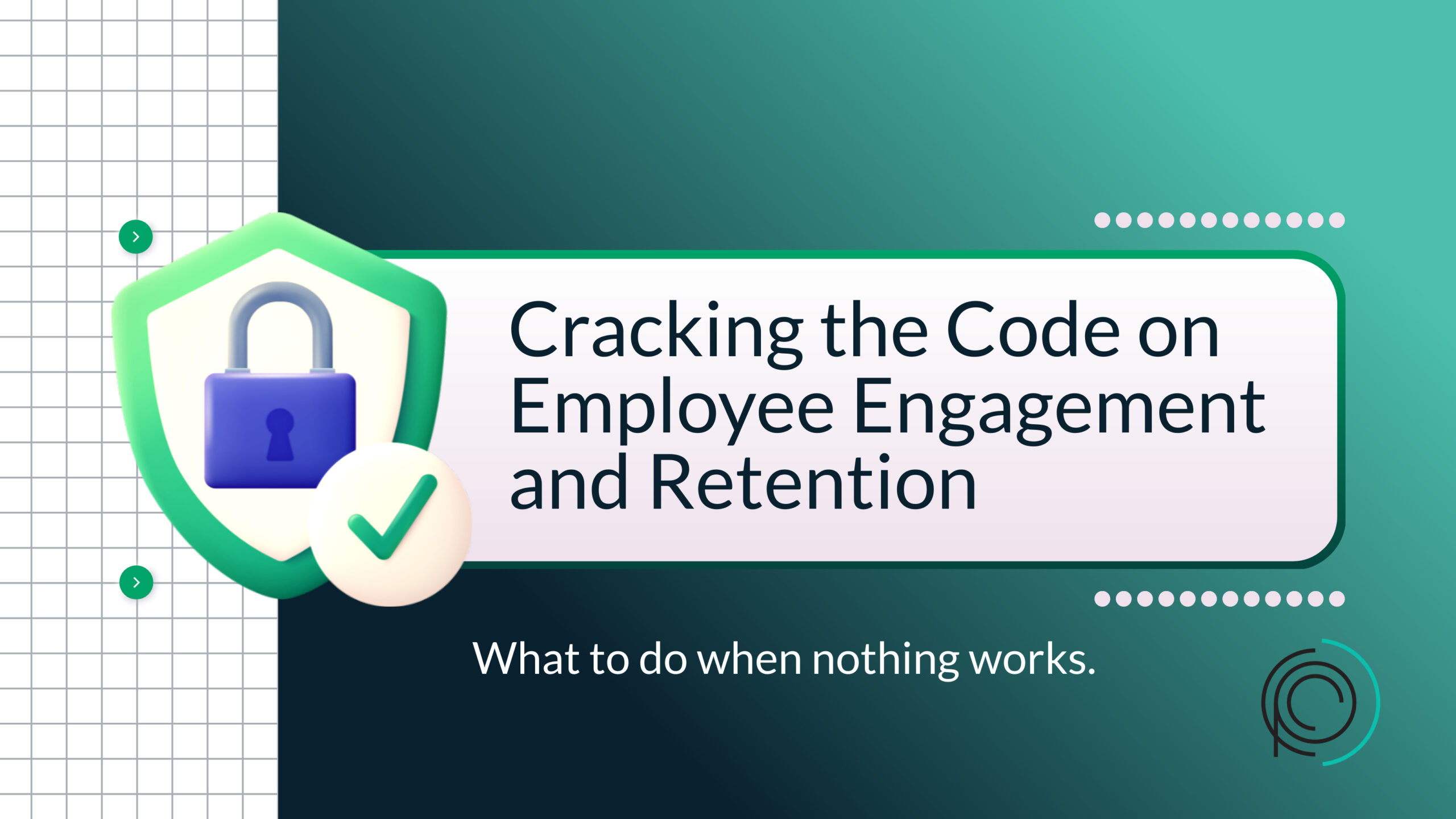Streamlining Success: Best Practices for Optimizing Healthcare Operations and the Role of Process and Technology Mapping
Operations in healthcare cover the administrative, financial and legal aspects of a hospital’s activities. However, while the definition mentions hospitals, operations in healthcare extend beyond hospitals to specialty practices, ancillary care providers, and remote health service centers.
Operations in healthcare are integral to the smooth running of facilities, and professionals need to get a proper handle on things to ensure maximum returns on their business investments.
This article discusses the importance of operations in healthcare, including best practices in healthcare operations and why process/technology mapping is vital in a healthcare setting. I’d like to point out that regardless of the industry, best practices are mere guidelines to consider and not to be adopted blindly as best practices have not taken into consideration all the factors that are specific to your organization.
What is the purpose of operations in healthcare?
Primarily, operations target the smooth functioning of systems and processes for better patient outcomes. However, getting the best patient outcomes also depends on a positive employee experience. To put it in context, a well-managed, helpful, and effective site will most likely result in higher patient satisfaction and better The Consumer Assessment of Healthcare Providers & Systems (CAHPS)/Press Gainey scores. Additional indicators may include lower FMLA or Family Medical Leave Act issues and higher employee retention over time.
There are several aspects of operations in healthcare, including clinical care management, risk management, and financial management. We will also consider employee retention along with the complexity of each patient demographic as they all play a role in the operations of a facility or site.
Clinical care management
Since the healthcare industry is a service industry at its core, facilities and organizations must consider standardizing protocols, procedures, and structures in order to accomplish the targeted Press Gainey Score as well as manage the rising costs of running a successful facility. When a healthcare facility’s clinical care management is top-notch, there will be fewer readmissions and better patient-provider relationships.
However, to make this happen, facilities must invest in quality infrastructure and display a staunch commitment to excellence by getting the requisite accreditations and high Consumer Assessment of Healthcare Providers and Systems (CAHPS)/Press Gainey scores.
Risk management
Operations in healthcare automatically improve when providers optimize their processes to mitigate and manage risks. When we look at operations we are talking about the entire facility’s steps, tasks, and technology. We must consider the impact each component has on its counterparts like antiquated systems connected to human capital connected to patient care.
A facility faces risk when we allow pertinent components of the business to take a backseat to improve CAHPS scores or cut costs. What facilities tend to have trouble connecting is when we improve the overall internal/external operations, things like CAHPS scores and reducing costs are a natural occurrence that will follow the improvements. You mitigate these risks by investing in an excellent technology stack, such as predictive analytics technology, that can help cut down on excessive costs and help to improve patient satisfaction. In other words, you will reduce your risk as well as reduce the cost of that risk by simply addressing the root cause(s). Reducing your external risk in healthcare is no different from any other business, it is about negotiating with more than one supplier, ensuring you are maintaining your supplier contracts, and understanding what measures your suppliers are taking when it comes to protecting your data, and information, and terms of the agreement.
Financial management
Financial management is the bedrock of operations in healthcare. It’s no secret that financial oversight and methods for reducing costs while maintaining exceptional patient care are the life story of a healthcare professional. We know the old saying we will need to spend money to make money, and yes that is still true. But the capital investment isn’t in every case as daunting as one may expect. Yes, technology can be an exceptional investment, but I am more so referring to the internal operations after the capital investment is made.
Technology if not used properly will hinder the business’s performance rather than help it. Industry leaders in the Electronic Health Record System or EHR like Epic, Meditech, or Centricity’s EMR (electronic medical record system) just to point out a few, understand the importance of choosing the right technology for your organization. Did you know that almost 40% of all technology isn’t used to its maximum capacity leaving employees to find manual workarounds or use paper records? Manual workarounds have financial ramifications as well as put the patient’s information at risk.
Thus, a facility’s operations management team must bring their A-game into reducing and optimizing costs in their organization. Inefficient cost control happens in different ways, such as creating policies that have a competing agenda on the facility’s technology, equipment, or medical staff salary resources.
An excellent way to accomplish this is by automating their processes as much as possible. To achieve successful automation, facilities must invest in data analysis. By analyzing historical data, they can find cost-effective ways to run things that will also improve performance at the same time. Another thing to consider is minimizing individual physician preferences and aiming to create cohesive consistent guidelines that can work for all members of the clinical team. This may not be easy to implement on your own but beginning the conversation with why you’re doing this is a great start. Turn around time, booking appointments, and getting patients’ lab results back to them in a timely manner will become easier when the rest of the operations are in order.
Best practices for operations in healthcare
When facilities engage in best practices for operations in healthcare, it’s important to keep in mind that not all best practices will be applicable or appropriate for your organization and must consider all operational factors prior to implementing this permanent solution. I would advise not comparing your facility to any other facility in order to gauge whether or not you should adopt any practice. Rather consider the betterment of your practice and your operations based on the facts of your internal operations which will require, documentation of processes and technology, reporting, and what all of your human capital is responsible for.
Therefore, facilities and their medical professionals can keep up with the ever-evolving trends in the healthcare industry, including technological trends, and ensure that they continue providing top-notch care for patients.
This list is some of the major organizations that have established standards for the United States healthcare delivery system:
-
The Joint Commission on Accreditation of Healthcare Organizations (JCAHO),
-
The National Committee for Quality Assurance (NCQA),
-
The American Medical Accreditation Program (AMAP),
-
The American Accreditation HealthCare Commission/Utilization Review Accreditation Commission (AAHC/URAC),
-
The Accreditation Association for Ambulatory Health Care (AAAHC)
-
The Foundation for Accountability (FACCT)
-
The Agency for Healthcare Research and Quality (AHRQ)
These accrediting agencies have their unique mission, activities, board composition, and organizational history. They also have their individual accreditation processes and standards. Thus, some of them are better suited than others to perform accreditation for specific areas in healthcare delivery.
CAHPS is an AHRQ program. It is an annual survey that measures members’ perceptions of their health plans and the quality of health care services they receive.
While not perfect, CAHPS is a crucial performance measure in the Medicare Advantage Star Program. The scores have so much weight that they represent 32% of the overall Star Rating weighting. The survey asks patients and, sometimes, their families about their experiences with, and ratings of, their healthcare providers and plans.
The limitation of best practices
Best practices provide a guide for healthcare facilities and show them the standard they should have and maintain. However, it’s worth noting that while these practices are the industry standards, they can have detrimental effects when applied wholesale and without considering an establishment’s unique needs.
In addition, no two organizations are the same, so individual organizations must have their internal operations catering to their specific needs, corporate culture, and patient demographic. This is where process and technology mapping comes in.
What is process and technology mapping?
It is a dedicated endeavor that evaluates an organization’s goals and needs and actively seeks to meet those needs using the right combination of process and technology that serves the organization’s needs and overall objectives.
First, the organization must map out all its core operational and patient-journey processes. This should cover areas like:
-
Patient onboarding, setting appointments, admission to providing care, billing
-
The triage process
-
Call center operations
-
Human resources, from recruiting and hiring to training and talent development to benefits administration
-
Finance, from planning and analysis to budgeting, to payroll
Once the mapping is complete, the organization can then figure out areas where they can:
-
Increase standardization;
-
Eliminate variance;
-
Implement digitization;
-
Increase operational resilience;
-
Improve business continuity;
-
Boost operating leverage;
-
Acquire and integrate an excellent technology stack, such as automation, and advanced analytics
Process and technology mapping is vital in helping organizations move from where they are in their operations to where they want to be. However, it is a highly complex procedure and success in this endeavor will typically require expert help.
A process and technology mapping professional will provide their expertise to evaluate current processes, determine where roadblocks are holding you back, and help design processes that improve business outcomes.
Contact us today for a no-obligation consultation.







